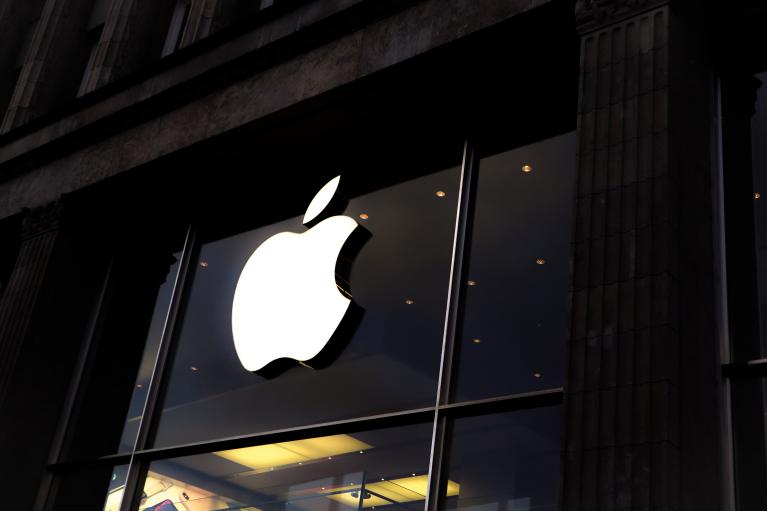The Fourth industrial revolution’s complexity does not allow
itself to be defined as simply as those who came before: it can
be described, however, as a process tending to "blur the
boundaries between the physical, digital and biological
spaces" since the end of twentieth century.
Indeed, individuals can now be interconnected thanks to the
introduction of mobile devices that erase distances. For the last
thirty-something years, these capabilities have multiplied,
accompanied by innovation clusters such as AI, robotics,
the Internet of things, autonomous vehicles, 3D printing,
nanotechnologies, biotechnology, materials science, energy
storage and quantum computing…
Once upon a time there were revolutions
This revolution is the continuation of a series of transformations.
At the beginning of the 18th Century, the first industrial
revolution used water and vapor to mechanize production.
Of note: the breakthrough in the transportation sector with the
appearance of the railway in Wales. The second revolution
allowed the understanding of electrical energy and its
deployment to create mass production. Then, the third
revolution concerns essentially the rise of the computer and of
the Internet, thus revolutionizing information technologies to
automate production. Today, a fourth industrial revolution leans
on the digital revolution. Three reasons let us affirm why today’s
transformations do not merely represent an extension of the
third industrial revolution.
3 key factors characterize
the 4th industrial revolution
• The speed of the transformations
Contrary to the previous industrial revolutions, the fourth
industrial revolution is progressing at an exponential
rhythm, the result of a race toward innovation carried out
by the Western countries, the emerging countries as well as
the apparition of companies whose power is comparable to
that of some States (GAFAM in the USA, BATX in China…)
• The breadth and depth of the innovations
This fourth revolution combines multiple technologies at
the same time concrete (3D printers, autonomous vehicles,
new materials…), digital (Internet of things, quantum…) and
biological (genetics, augmented mankind…) that are
redefining both how we live and for the first time,
who we are.
• Impact on organizations
This implies the transformation of entire systems, such as
the countries’ institutions, companies, industries and
Society as a whole.
For the benefit of whom?
"Innovation: it’s always dangerous" wrote Gustave Flaubert in his work, the Dictionary of received ideas. Are the Fourth industrial revolution and its clusters of innovations a menace for our Society? Indeed, each innovation brought with it a process of creative destruction, warned the economist Joseph Schumpeter.
The disappearance of productive activities replaced by new
activities due to technical progress is perceived as a generator
of inequalities between people. As automation tends to reduce
the number of low qualified work positions, those individuals
having the most qualified competences are in the most
demand. Inevitably, the questions being asked are therefore:
who benefits from this industrial revolution? How can the
greatest number benefit from it?
On the companies’ side
The Fourth industrial revolution generates a number of
opportunities in all fields and in particular for B2B.
• Customers’ expectations are evolving. The Apple experience,
for instance, does not only concern how the products are used,
but also relies on the packaging, brands, purchases and
customer service. Likewise, traditional approaches of
demographic segmentation evolve toward targeting by digital
criteria where potential customers can be identified according
to their will to share data and interact.

• Products and services are enriched by data that improve the
productivity and profitability of the assets. Tesla, for example,
shows how software updates and connectivity can be used to
improve a product (here, a car) after its purchase rather than
let it lose value as time goes on.

• New partnerships are progressively forming as companies
understand the importance of new ways to work together.
First, enterprises develop their B2B partnerships and
subcontract part of their activities to expert companies, notably
in the digital realm (development, data analysis and science…).
Likewise, those enterprises capable of combining several
dimensions – digital, physical and biological – often succeed in
disrupting an entire industrial, ecosystem, from production
systems to the consumer. Uber’s popularity in many cities is
explained by the combination of an improved customer
experience client with an app (digital), the transportation of
the physical product while optimizing the use of assets
(the transportation means used by the delivery person).
ERP to the rescue!
The technologies sustaining the Fourth industrial revolution
have a major impact on the way companies are lead, organized
and financed.
On the one hand, leadership and upper management are often
confronted to a new set of problems. That is, that the deluge
of information available today, the breaking speed and the acceleration of innovation are as hard to comprehend as
to anticipate.
This complexity can be mastered with the right tools. ERP
systems notably play an essential role in centralizing
information and assist in taking the right decision!
Thanks to new innovations such as the Cloud, AI and machine
learning, ERP will not be content to be just an interface to
centralize data, but will prevail more than ever in finance,
human resources management, production and supply chain
functions… ERPs have already started their transformation:
these pro packages are from now on open to extensions so as
to add the better features. The customizing of enterprise ERP
continues to be improved, another testimony to the
importance of the customer experience in the B2B sphere.
Still, the expected enhancements can only make one dream!
Imagine, for instance, an ERP interface built right into 3D
glasses at a production chain. It would allow to have real-time
productivity data from each work station, with artificial
intelligence suggesting how to allocate differently the
resources so as to improve productivity. Likewise, imagine
a collaborative ERP shared between several companies,
constantly improving as data are collected with machine
learning, thus gaining value as more and more companies get
onboard. All the while storing data in a secure manner thanks
to blockchain technologies. A pipe dream? No. All of these
revolutions are being developed now!

Finally, the fourth industrial revolution provides ERP with even
more sense to tame the complexity and vertiginous volume of
the available and collected information. It is therefore crucial to
be on top of the latest innovations and to keep an up-to-date
and open towards the future ERP.
Sources:
. The Fourth Industrial Revolution, Klaus Schwab
. How the factory of today becomes the factory of the future, EY Study
https://fr.wikipedia.org/wiki/R%C3%A9volution_industrielle
. Industry 4.0 How to navigate digitization of the manufacturing sector, McKinsey Digital 2015








